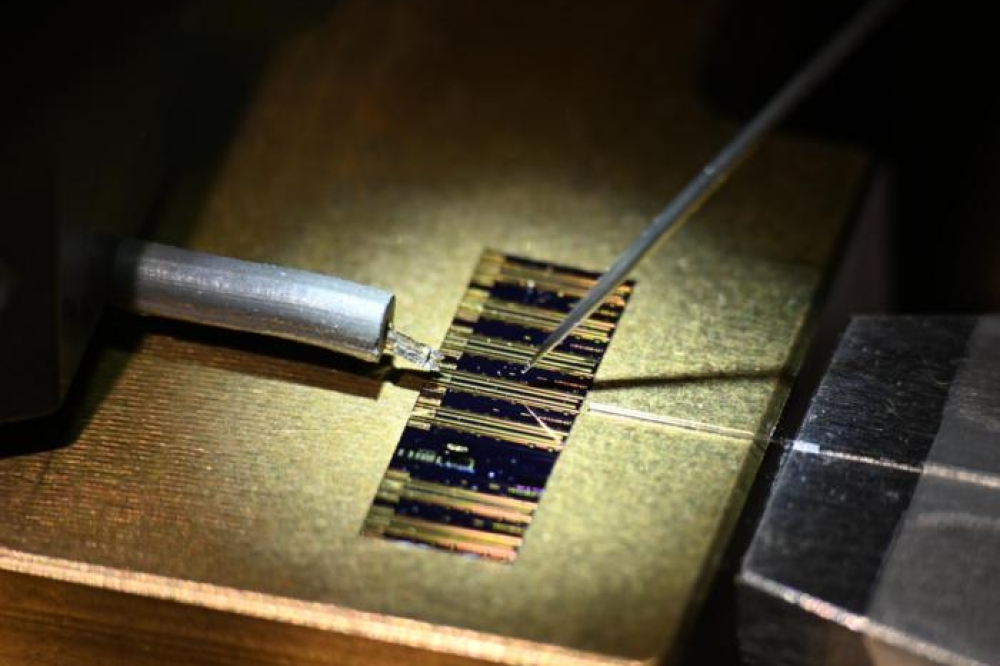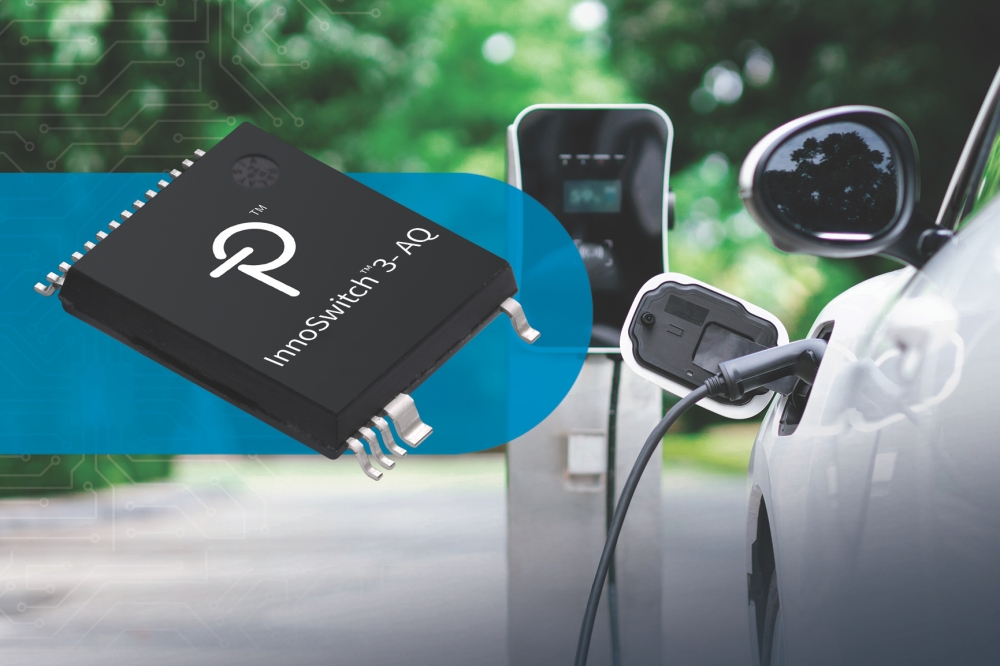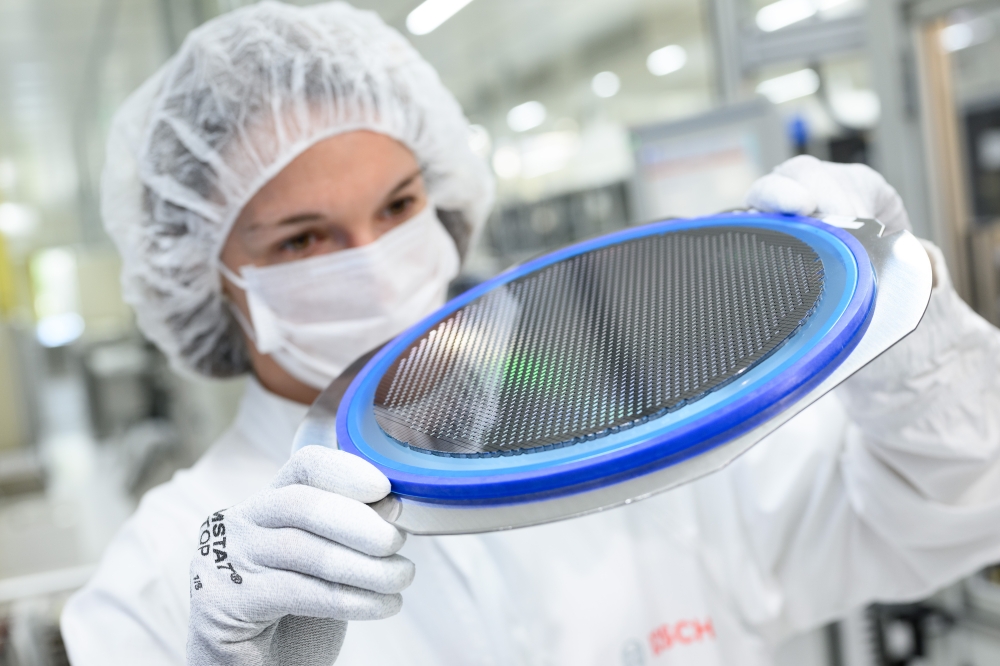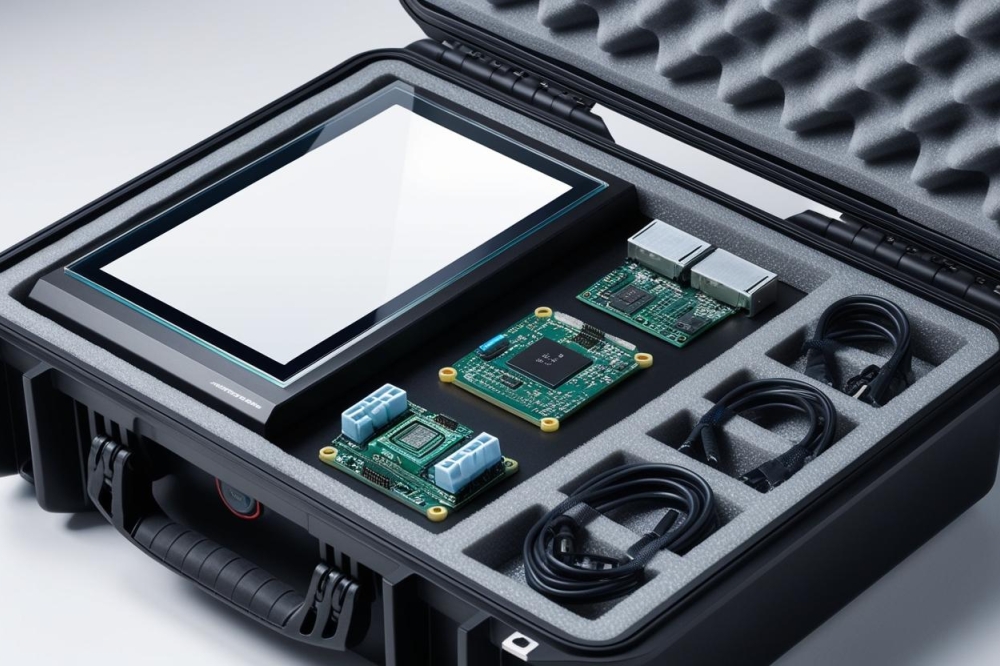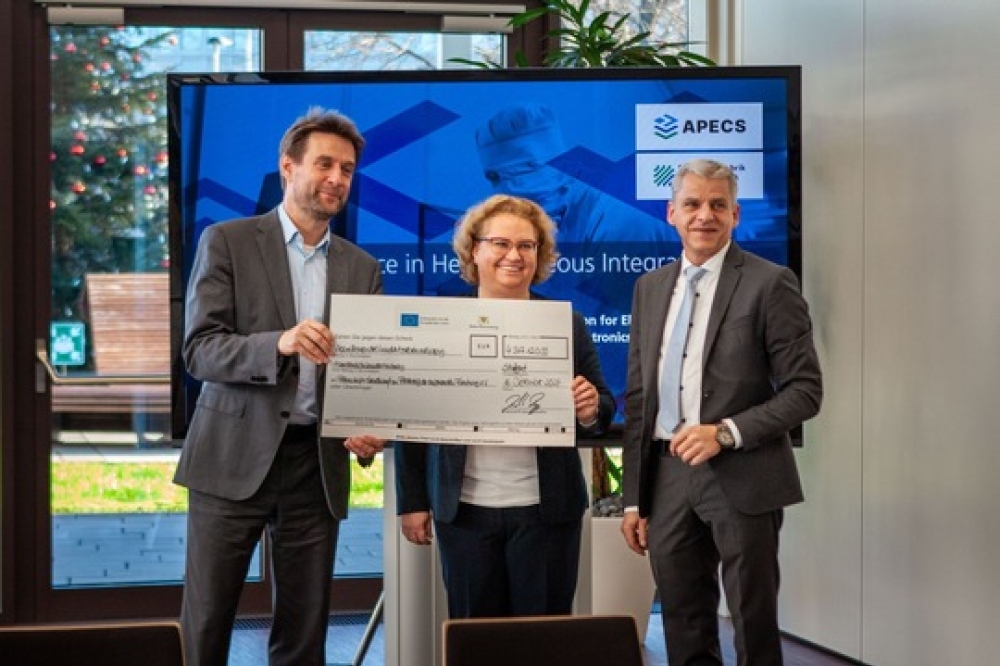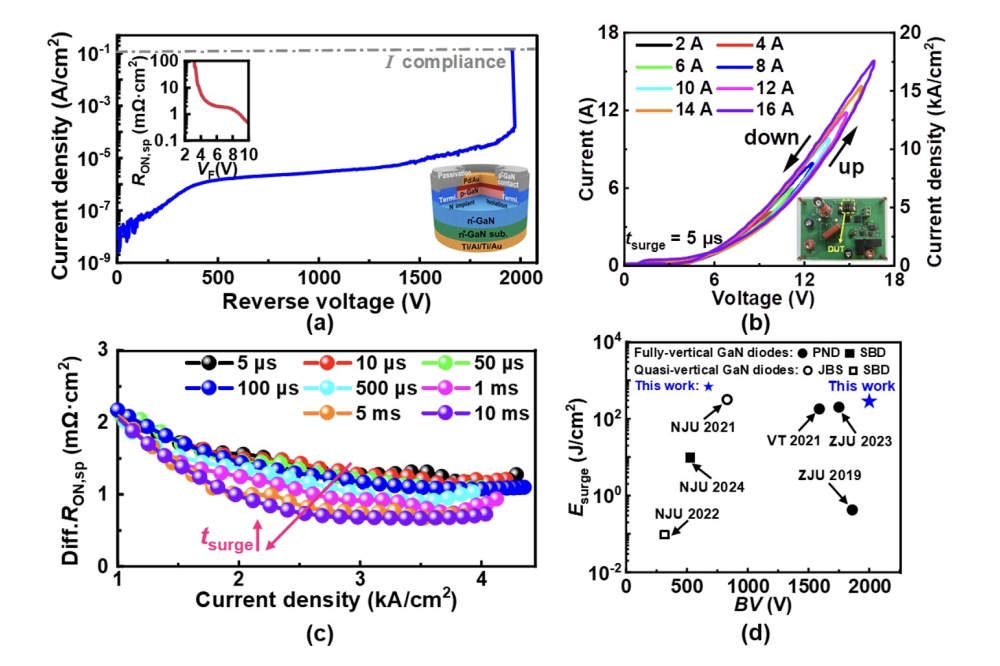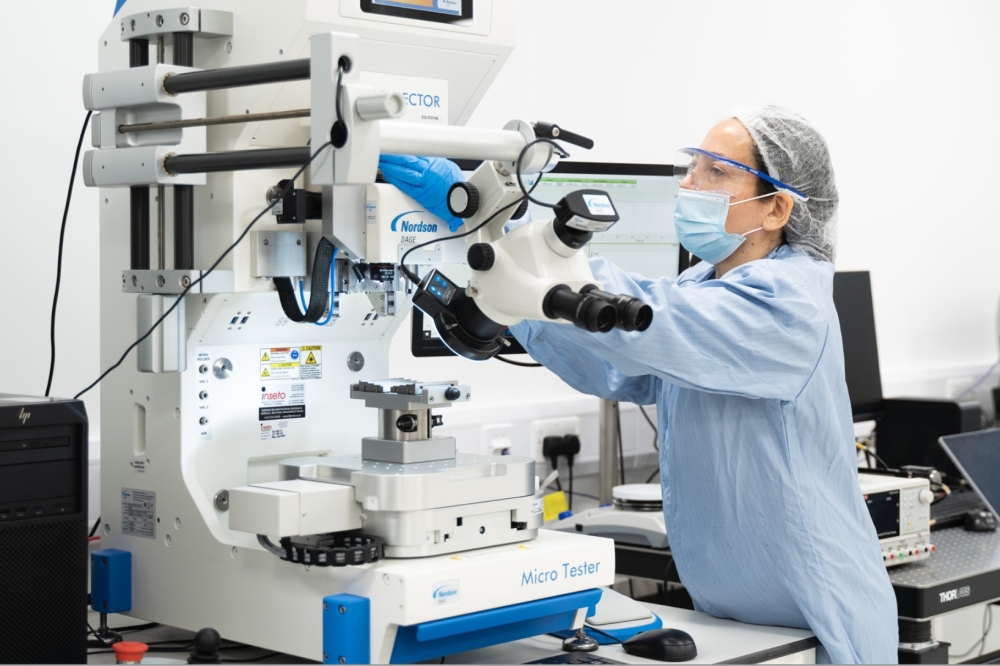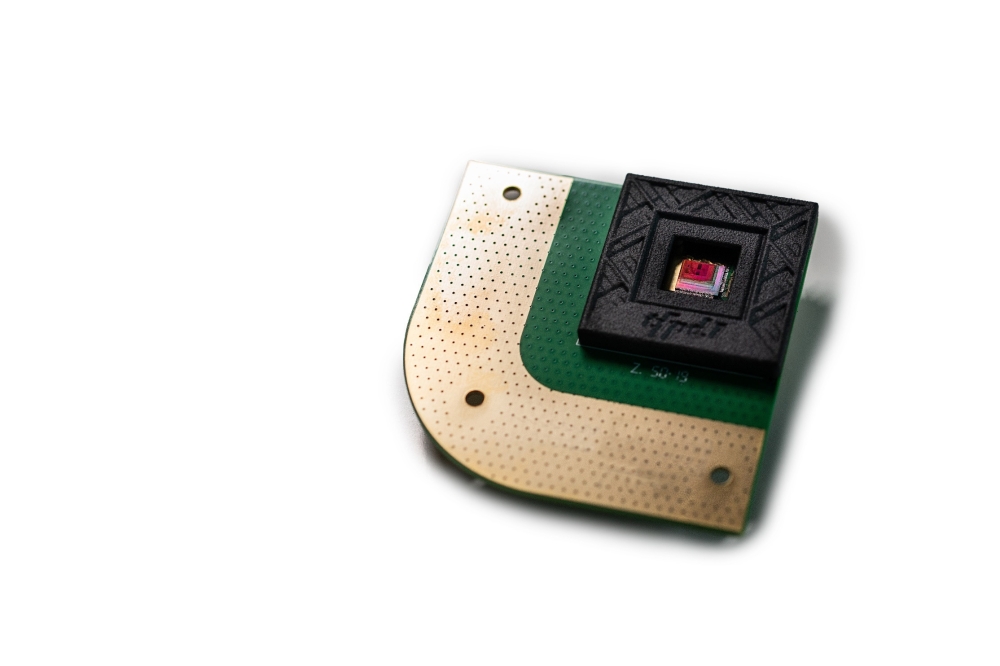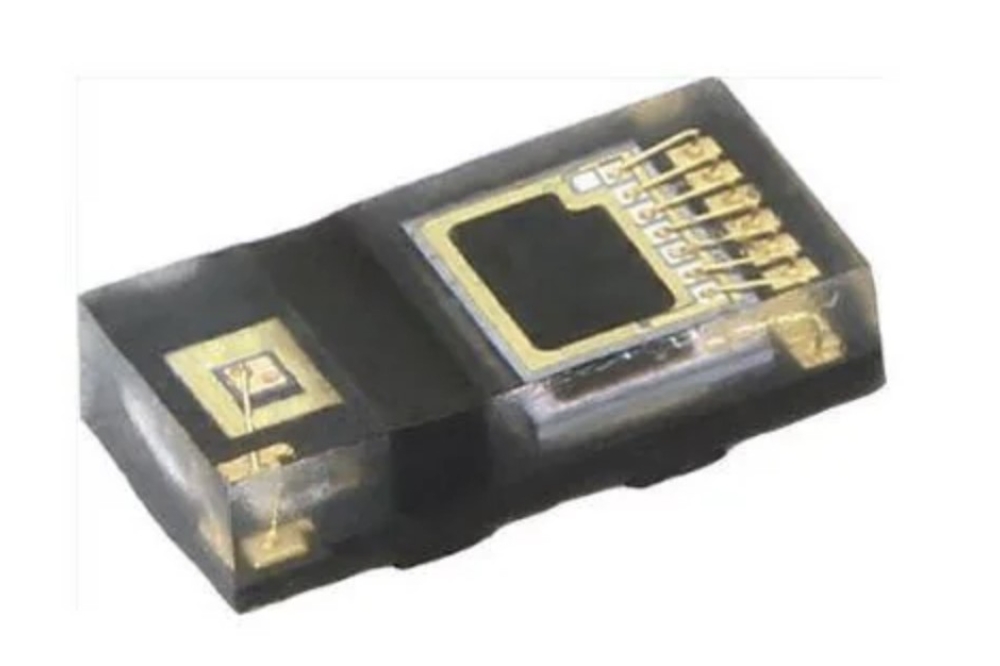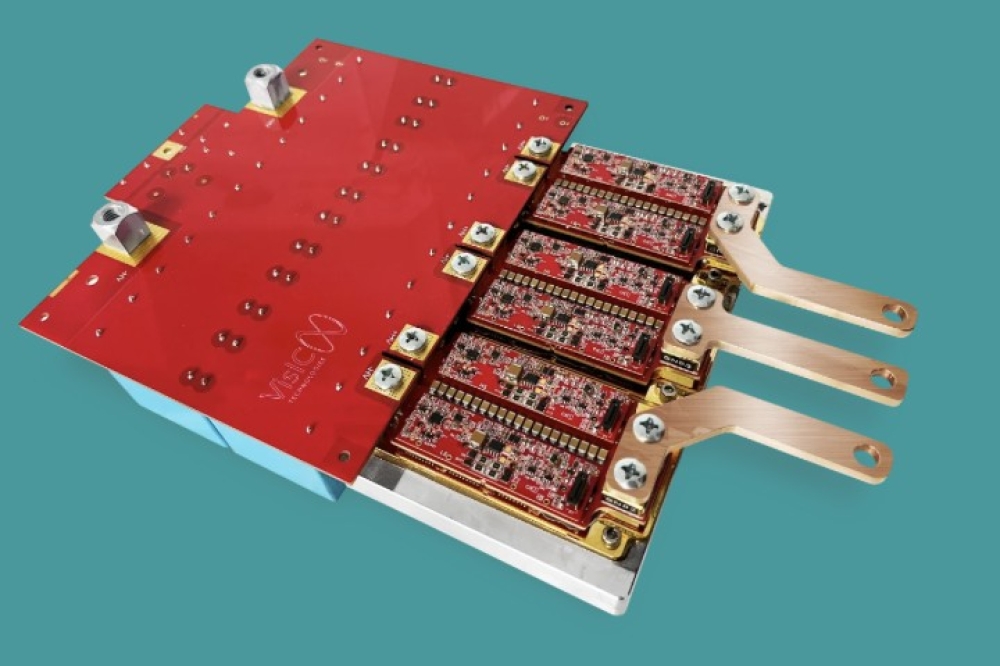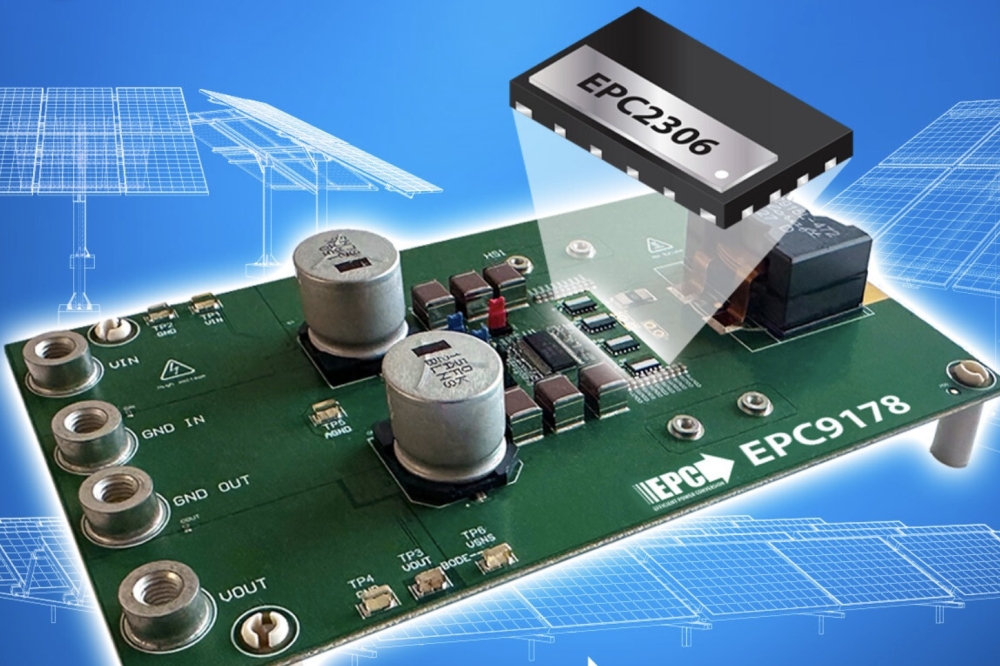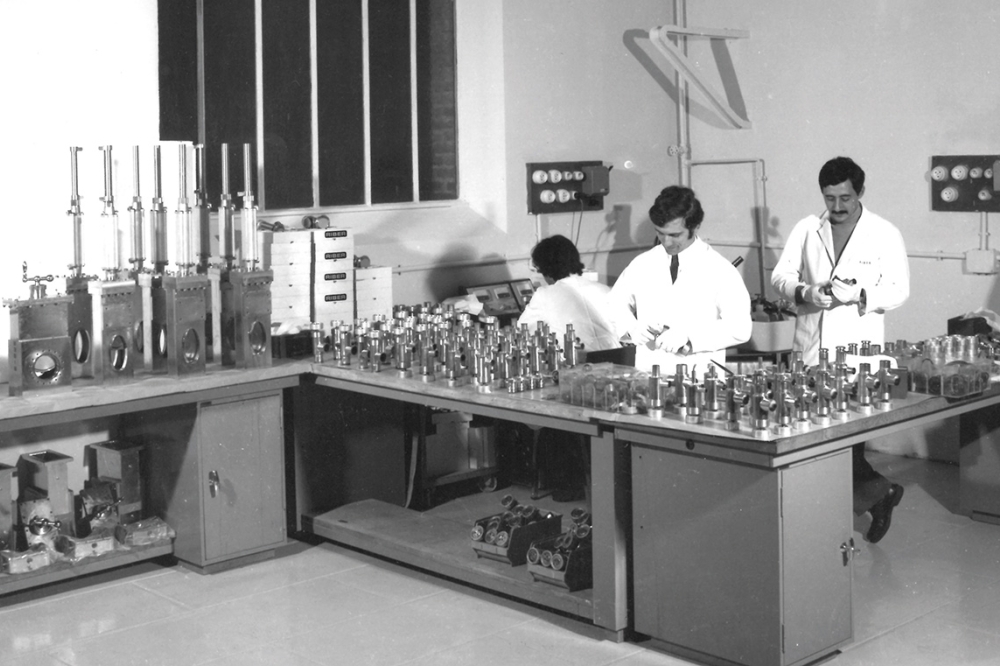News Article
Osram`s IR LED sensor simplifies smartphone design
The digital SFH 7776 sensor contains a GaAs (gallium arsenide) based infrared LED and two detectors. It registers the ambient brightness in order to control the display backlighting and also deactivates the touch function on the display as soon as you hold a phone up to your ear
Osram Opto Semiconductors has expanded its portfolio of proximity and ambient light sensors with an extremely powerful version with low power consumption.
The compact SFH 7776 sensor registers the ambient brightness even behind dark smartphone covers and prevents unintentional responses from the touch screen during telephone calls. This makes it even easier for smartphone designers to control the backlighting and touch functions of displays.

The SFH 7776 combined proximity and ambient light sensor
The digital SFH 7776 sensor contains a GaAs based infrared LED (IRED) and two detectors and performs two different functions. It registers the ambient brightness in order to control the display backlighting so that it can always be easily read but consumes as little power as possible.
It also deactivates the touch function on the display as soon as you hold the phone up to your ear during a phone call. To do this the sensor emits infrared light that is reflected by approaching objects, such as your ear.
With a working range of up to 16 centimetres and its small size, the SFH 7776 has been designed specifically for use in smartphones and other mobile devices. Thanks to the excellent sensitivity of the detector the component does not need lenses to bundle the emitted infrared light. As a result, it has an impressively small height of only 1.35 millimetres. With its black casing the sensor is virtually invisible even behind transparent phone covers. Its low power consumption is also an important factor in terms of its suitability for mobile devices – in standby mode it only needs 0.8 mA.
Behind dark covers
The SFH 7776 is extremely sensitive to ambient light. With a detection limit of 0.002 lux (lx) it can even be used behind dark casing panels. Designers can place the sensor anywhere and do not need a special translucent window.
“The SFH 777x series gives our customers a complete family of multifunctional sensors for an extremely wide range of phone covers,” says Dirk Sossenheimer, responsible for intelligent sensor applications at Osram Opto Semiconductors.
What’s more, the SFH 7776 is designed so that the ambient light sensor doesn´t react to short-term fluctuations in the brightness of various lamp types, caused for example by changes in the power supply frequency. This ensures that the display backlighting remains constant.
No crosstalk with the proximity sensor
Crosstalk – an effect in which the emitted infrared light is reflected by the smartphone casing directly onto the receiver – is eliminated by the SFH 7776 in the component itself. Designers no longer need to provide separate optical barriers between the IRED and the detector, which makes it much easier to create robust, uncomplicated solutions for different setups.
Since the SFH 7776 covers the complete working range from 0 to 16 mm it would even react to direct contact (“zero distance detection”). The touch function of the display is therefore reliably deactivated even in marginal situations.
“Overall, the SFH 7776 overcomes various challenges in terms of proximity and ambient light detection in the component itself, so designers can integrate the product in smartphones relatively easily”, adds Dirk Sossenheimer.
Technical data SFH 7776: Dimensions 4 x 2.1 x 1.35 mm
Current draw in standby mode 0.8 μA
Sensitivity of the ambient light signal 0.002 to 68,000 lx
Working distance of proximity sensor max. 16 cm
The compact SFH 7776 sensor registers the ambient brightness even behind dark smartphone covers and prevents unintentional responses from the touch screen during telephone calls. This makes it even easier for smartphone designers to control the backlighting and touch functions of displays.

The SFH 7776 combined proximity and ambient light sensor
The digital SFH 7776 sensor contains a GaAs based infrared LED (IRED) and two detectors and performs two different functions. It registers the ambient brightness in order to control the display backlighting so that it can always be easily read but consumes as little power as possible.
It also deactivates the touch function on the display as soon as you hold the phone up to your ear during a phone call. To do this the sensor emits infrared light that is reflected by approaching objects, such as your ear.
With a working range of up to 16 centimetres and its small size, the SFH 7776 has been designed specifically for use in smartphones and other mobile devices. Thanks to the excellent sensitivity of the detector the component does not need lenses to bundle the emitted infrared light. As a result, it has an impressively small height of only 1.35 millimetres. With its black casing the sensor is virtually invisible even behind transparent phone covers. Its low power consumption is also an important factor in terms of its suitability for mobile devices – in standby mode it only needs 0.8 mA.
Behind dark covers
The SFH 7776 is extremely sensitive to ambient light. With a detection limit of 0.002 lux (lx) it can even be used behind dark casing panels. Designers can place the sensor anywhere and do not need a special translucent window.
“The SFH 777x series gives our customers a complete family of multifunctional sensors for an extremely wide range of phone covers,” says Dirk Sossenheimer, responsible for intelligent sensor applications at Osram Opto Semiconductors.
What’s more, the SFH 7776 is designed so that the ambient light sensor doesn´t react to short-term fluctuations in the brightness of various lamp types, caused for example by changes in the power supply frequency. This ensures that the display backlighting remains constant.
No crosstalk with the proximity sensor
Crosstalk – an effect in which the emitted infrared light is reflected by the smartphone casing directly onto the receiver – is eliminated by the SFH 7776 in the component itself. Designers no longer need to provide separate optical barriers between the IRED and the detector, which makes it much easier to create robust, uncomplicated solutions for different setups.
Since the SFH 7776 covers the complete working range from 0 to 16 mm it would even react to direct contact (“zero distance detection”). The touch function of the display is therefore reliably deactivated even in marginal situations.
“Overall, the SFH 7776 overcomes various challenges in terms of proximity and ambient light detection in the component itself, so designers can integrate the product in smartphones relatively easily”, adds Dirk Sossenheimer.
Technical data SFH 7776: Dimensions 4 x 2.1 x 1.35 mm
Current draw in standby mode 0.8 μA
Sensitivity of the ambient light signal 0.002 to 68,000 lx
Working distance of proximity sensor max. 16 cm

